The Taiwan society is generally under the impression that indigenous peoples enjoy and excel at singing, but the reason indigenous peoples have such intimate relationship with music is due to the lack of a writing system in the past. Knowledge of life and messages regarding living, aging, sickness, death, clothing, food, housing, and transportation are passed on by word of mouth; each indigenous group thus developed their unique forms of sound expression and music culture. But where do these sounds come from? How have they gained attention and popularity?

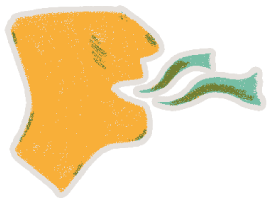
Most indigenous peoples have musical instruments of their own in their traditional cultures, but before these musical instruments came into being, indigenous peoples communicated via sound, and conveyed emotions and messages via sound. Through repeated circulation and singing, they became songs that are passed down from generation to generation as the collective creative results of the ethnic group.
There are two forms of songs: one with only melody and no lyrics, and one with both melody and lyrics. The former has no fixed lyrics and are generally sang in daily life, where lyrics are filled to reflect the current scenario, and one must be equipped with a good phrasing skill to sing a song well. It is considered a major challenge to the singer. The latter is often heard during specific events including ceremonies and rituals of each indigenous group, and aimed at conveying faith and ethnic norms. Different ways of singing may apply to different scenarios and events.

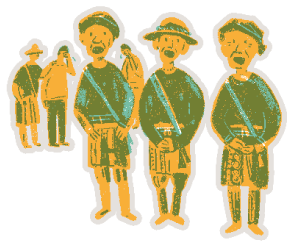
For indigenous peoples, whether it's a ritual bearing social meaning, ceremony and singing fest celebrating coming of age and wedding, or funeral singing comforting the family of the deceased, they are all are important stages in life and daily life, and the singing must follow a regular narration.
For example, the harvest festival celebrating the rich crop or fishing harvest, ritual for ancestors praying for ancestral spirits to bless the safety of members in the community, and mangayaw welcoming youth who have completed the hunting trials, are all important annual ceremonies and rituals with numerous taboo and norms to abide by. The content of the songs sang are closely related to ancestors’ instructions and spells. In particular, some songs can be danced to while others can only be sang.
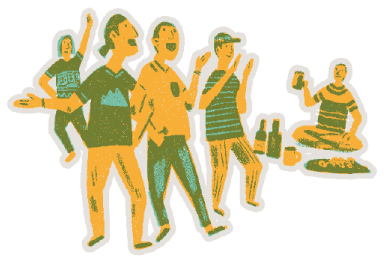

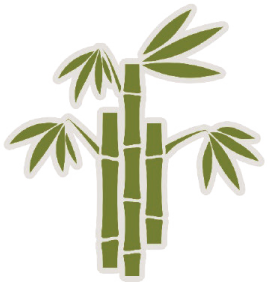
In the traditional agricultural society, bamboo is of great use in the production, life, and cultural activities of man. Indigenous peoples also use bamboo for their food and drink, housing construction, hunting tool, and musical instrument. Since bamboo is lightweight, easy to process, and can improve the acoustic effect, what was originally used to chase away birds and to communicate gradually became musical instruments as well.

Developments in indigenous movement from 1980s to 1990s brought many indigenous persons to the streets expressing their demands and opinions. Those that excel at writing music, criticizing social affairs and expressing their thoughts with songs, use music as their weapon and cry out for their own identity.
Parangalan, Inka Mbing, Dakanow, Aka Pacici, and Panai Kusui, for example, all took to the streets, and became well-known for expressing their ideals with their original music. Some were even discovered by music production companies for their beautiful vocals and gained the chance to release albums.
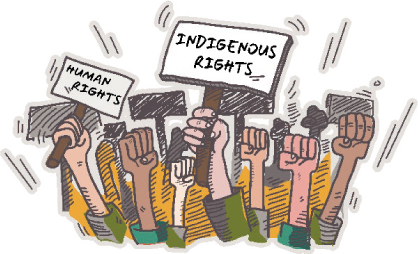


Approximately 30 years ago, when Mandarin still dominated the mainstream music industry, Taiwan Colors Music discovered amazing local vocals and challenged what the industry never attempted – releasing albums for indigenous singers and making indigenous singers famous.
Cheng Chieh-Jen and Chang 43, the earliest team at Taiwan Colors Music, not only have a unique eye spotting the tenacity and charm of indigenous music, but also have they own unique take on music production. Many indigenous singers including Pau-dull and Nanwan Sisters all originated from Taiwan Colors Music. Furthermore, On the Road musical and Hohaiyan Rock Festival are all produced by Taiwan Colors Music. To this day, they are still a principal force supporting the music development in Taiwan.
—Reference—
孫大川(2009)。〈原住民歌謠〉《臺灣大百科全書》。臺北:文化部。




